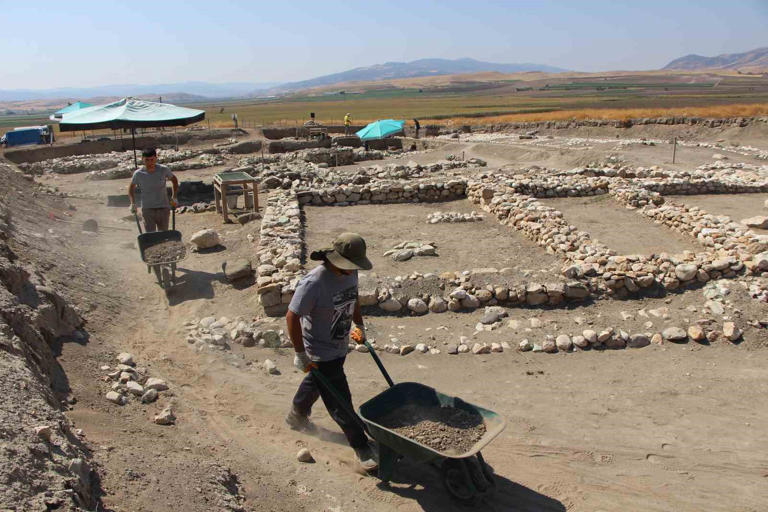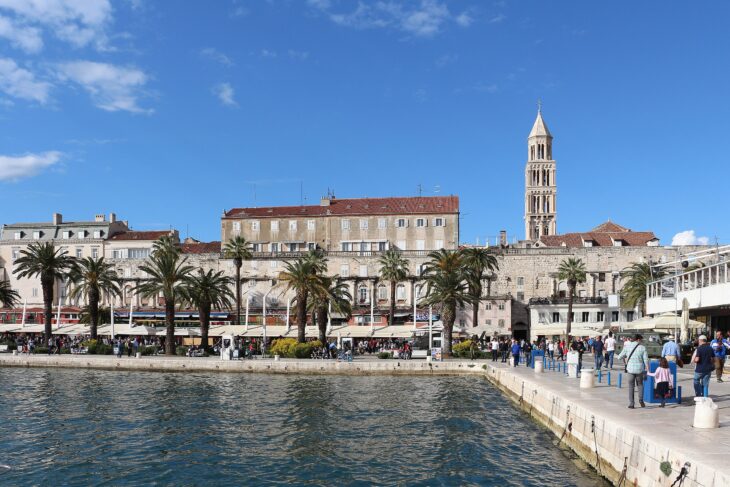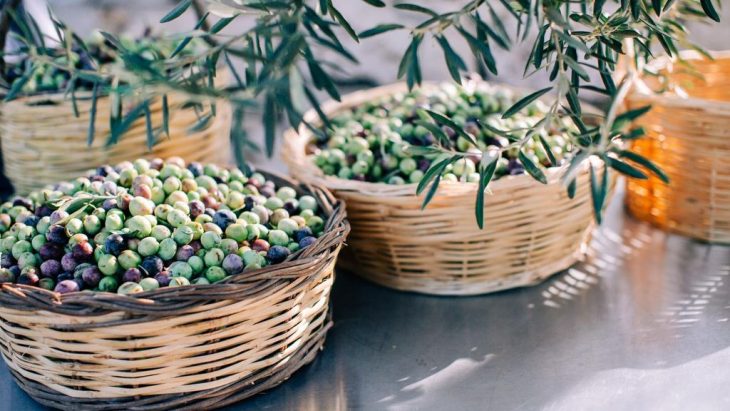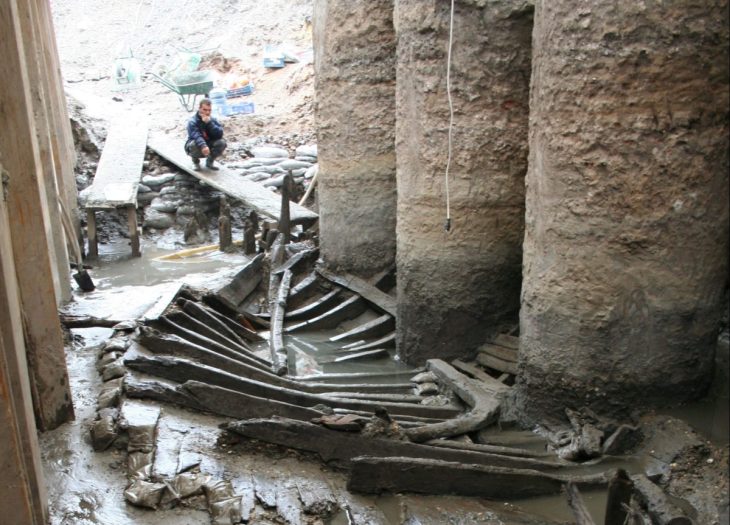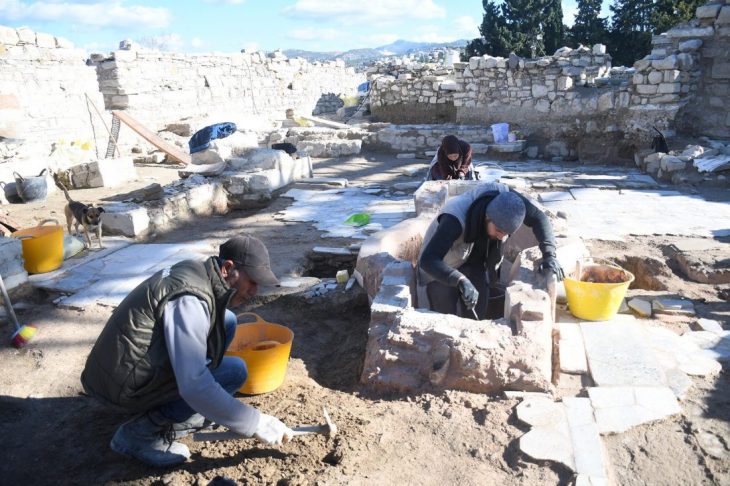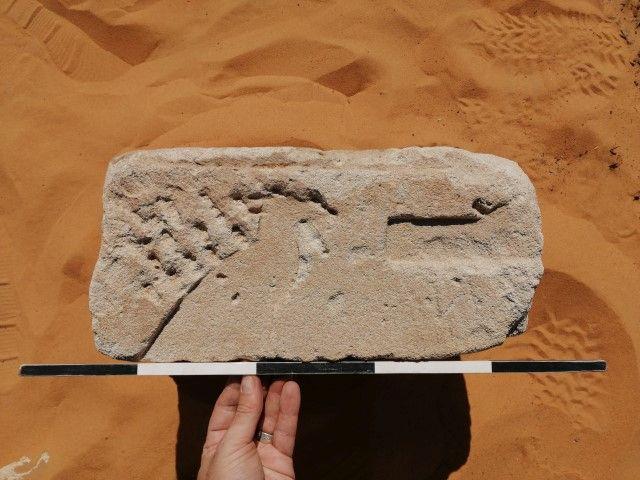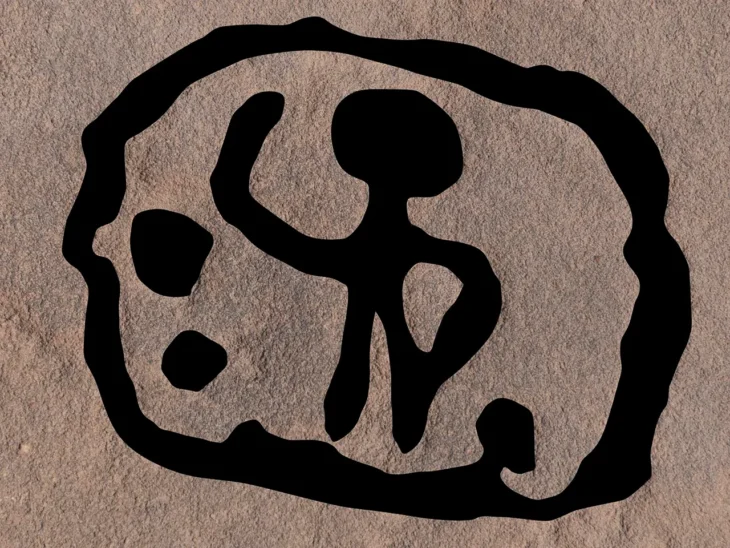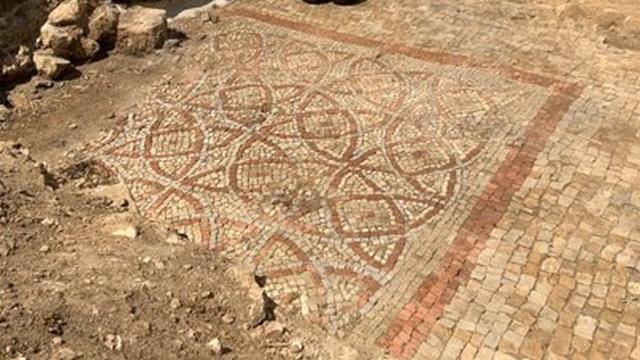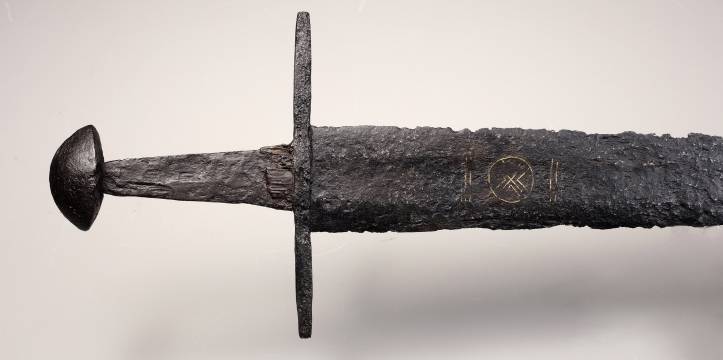Archaeologists have uncovered a 2,600-year-old temple in northern Türkiye, a monumental sanctuary built from striking greenish volcanic tuff. Discovered at Oluz Höyük (Oluz Mound) near the city of Amasya, the structure is unlike anything recorded in antiquity—absent even from the writings of Herodotus and Strabo—earning it the name of the “lost temple.”
The temple, dedicated to the Anatolian mother goddess Kubaba, has been revealed after nearly two decades of systematic excavation led by Prof. Dr. Şevket Dönmez of Istanbul University. Researchers describe the site as one of the most significant Iron Age cultic complexes ever discovered in the region.
“No ancient author ever mentioned the Oluz Höyük Kubaba sanctuary. Yet here we stand before a massive, enigmatic religious system on the Anatolian steppe,” Dönmez explained.
A Monument of Faith from the Iron Age
Dating to the Phrygian period (8th–6th century BCE), the sanctuary contains altars, a sacred chamber, and a symbolic cult stone representing Kubaba, a deity who later influenced the image of the Phrygian mother goddess Cybele. Its monumental layout suggests that Oluz Höyük was not merely a settlement, but also a regional religious center.
What makes this discovery exceptional is its silence in the historical record. Neither Herodotus, known as the “Father of History,” nor Strabo, the ancient geographer who was born in nearby Amasya, mentioned the existence of such a sanctuary. This absence suggests that Oluz Höyük housed a localized yet powerful cult tradition, hidden from the narratives of the Mediterranean world.
📣 Our WhatsApp channel is now LIVE! Stay up-to-date with the latest news and updates, just click here to follow us on WhatsApp and never miss a thing!!
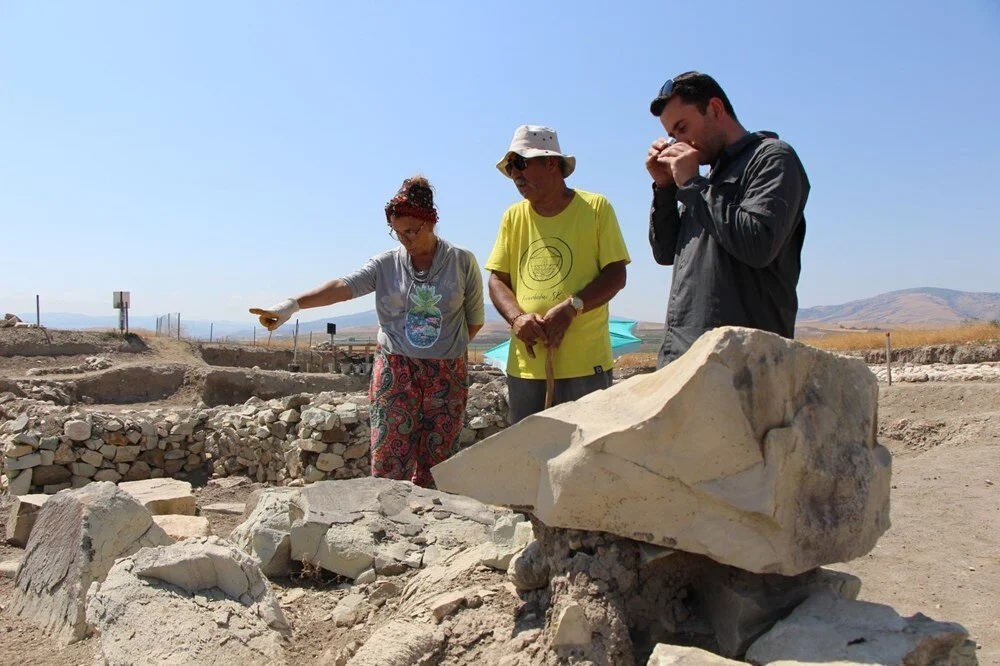
Built from Volcanic Stone
Geoarchaeological analysis revealed that the temple was constructed from greenish tuff blocks, a fine-grained volcanic stone quarried at Doğantepe, just 10 kilometers away. According to Dr. Ersin Kaygısız, an astrogeologist involved in the study, the choice of material was deliberate:
“The petrographic patterns of the temple stones and the quarry samples are identical. These stones were chosen not only for their striking color but also because they were easier to shape and transport.”
Nearly 90% of Oluz Höyük’s monumental architecture appears to have been built from this distinctive volcanic stone, underscoring its symbolic and practical importance to the community.
A Settlement with 6,500 Years of History
While the Kubaba sanctuary dates back 2,600 years, Oluz Höyük itself has a much deeper past. Excavations reveal continuous occupation layers stretching back 6,500 years, spanning the Chalcolithic, Hittite, Phrygian, and Persian periods. Over the years, archaeologists have unearthed city walls, storage facilities, ritual spaces, and residential zones, painting a picture of a settlement that was both politically and spiritually significant.
The site’s strategic location on the Anatolian steppe made it a crossroads for cultural exchange between Central Anatolia, the Black Sea region, and Mesopotamia. This blending of traditions may explain why a local goddess like Kubaba was worshiped with monumental devotion in Oluz Höyük, even while remaining obscure in broader historical narratives.
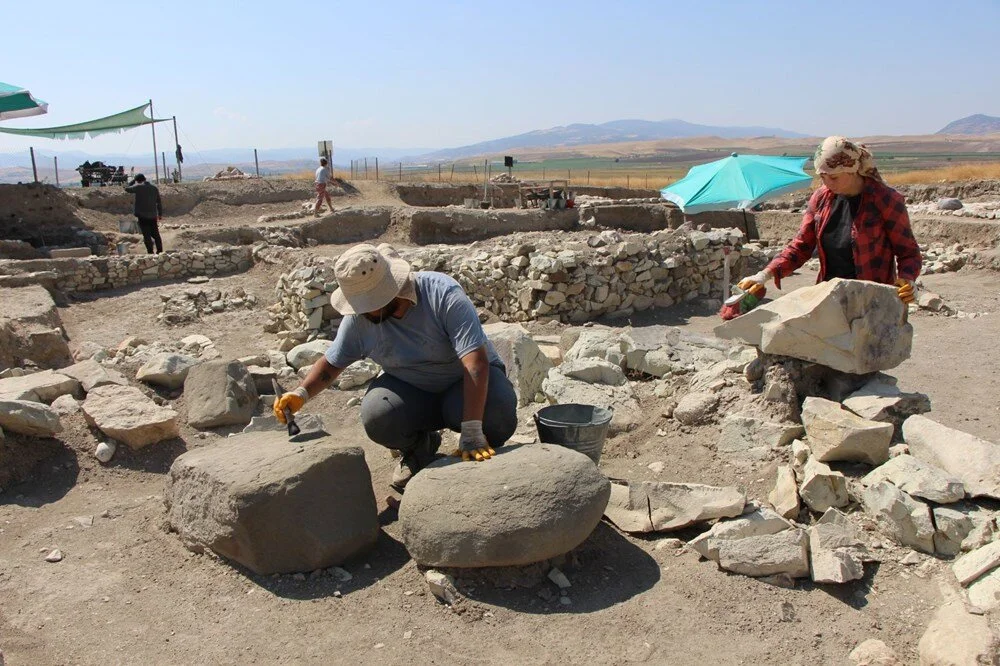
Heritage for the Future
The discovery is part of Türkiye’s “Heritage for the Future” project, coordinated by the Ministry of Culture and Tourism. The program supports long-term excavations that preserve and showcase Anatolia’s layered civilizations.
For Amasya, a city already celebrated for its Ottoman architecture and ties to the ancient Kingdom of Pontus, the unveiling of the Kubaba temple offers a new cultural treasure. Archaeologists hope the site will attract both scholarly attention and heritage tourism, placing Oluz Höyük on the global archaeological map.
Why the Temple Matters
The unearthing of the Kubaba sanctuary at Oluz Höyük is more than a local discovery—it is a window into the unwritten histories of Anatolia. It challenges scholars to reconsider how religion was practiced in the Iron Age, outside the better-documented spheres of Greece and Mesopotamia.
By combining volcanic stone architecture, a forgotten cult tradition, and layers of settlement stretching back millennia, Oluz Höyük stands as a reminder of Anatolia’s role as a cradle of civilizations.
As excavations continue, archaeologists believe further secrets may lie beneath the soil. For now, the “lost temple” of Amasya has already reshaped our understanding of faith, identity, and cultural memory in ancient Türkiye.
Cover Image Credit: İHA

